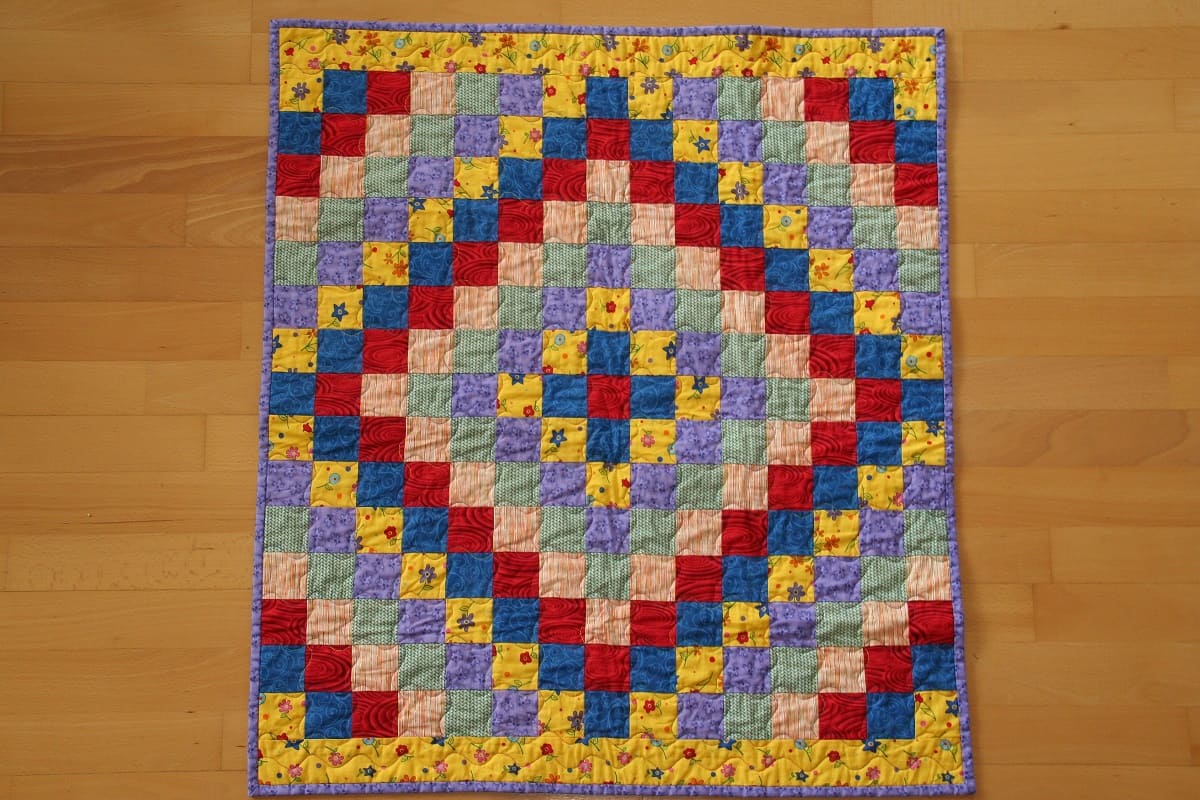

Articles
How To Make A Trip Around The World Quilt
Modified: August 27, 2024
Learn how to make a stunning trip around the world quilt with our informative articles. Get step-by-step instructions and expert tips to create your own masterpiece.
(Many of the links in this article redirect to a specific reviewed product. Your purchase of these products through affiliate links helps to generate commission for Storables.com, at no extra cost. Learn more)
Introduction
Welcome to the wonderful world of quilting! If you have a passion for travel and a love for quilting, then creating a trip around the world quilt is the perfect project for you. This quilt design captures the essence of adventure and allows you to showcase your favorite destinations from around the globe in a beautiful and meaningful way.
Whether you are a beginner or an experienced quilter, making a trip around the world quilt is a rewarding and enjoyable endeavor. Not only does it offer a creative outlet to express your wanderlust, but it also serves as a timeless piece of home decor or a thoughtful gift for a fellow travel enthusiast.
In this article, we will guide you through the step-by-step process of creating your very own trip around the world quilt. From choosing the fabrics to quilting the layers, we will provide you with all the information you need to bring this stunning quilt to life.
So, gather your sewing supplies, put on your explorer’s hat, and let’s embark on this quilting adventure together!
Key Takeaways:
- Embark on a quilting adventure by creating a trip around the world quilt, showcasing your love for travel and diverse cultures through vibrant fabrics and meticulous stitching.
- From choosing fabrics to binding the edges, crafting a trip around the world quilt is a rewarding journey that celebrates wanderlust and creativity, resulting in a timeless and meaningful masterpiece.
Read more: How To Make A Quilt
Materials Needed
Before diving into the quilting process, gather the following materials:
- Fabric:
- Cotton or quilting fabric in various colors for the world map
- Background fabric for the quilt top
- Fabric for the quilt backing
- Fabric for the binding
- Batting: A piece of quilt batting that is slightly larger than your desired quilt size
- Thread: High-quality thread in coordinating colors
- Cutting tools: Rotary cutter, cutting mat, and ruler
- Sewing machine: A reliable sewing machine capable of quilting
- Pins or clips: To secure fabric layers during quilting
- Iron and ironing board: For pressing fabric and seams
- Scissors: For trimming threads and cutting fabric
- Quilting gloves or grip aids: Optional, but helpful for maneuvering large quilt layers
- Quilting needles: Needles specifically designed for quilting
- Quilting hoop or frame: Optional, for hand quilting
- Ruler or template: For creating precise fabric cuts
- Pencil or fabric marker: To mark quilting guidelines or placement
Make sure to gather all the materials before starting your project to ensure a smooth and efficient quilting experience.
Step 1: Choosing Fabrics
One of the most exciting parts of creating a trip around the world quilt is selecting the fabrics that will represent different countries or regions on the world map. Here are a few tips to help you choose the perfect fabrics:
- Consider the Theme: Decide on the overall color theme for your quilt. You can opt for a vibrant and colorful palette that reflects the diversity of cultures around the world or choose a more subdued and monochromatic theme for a subtle and sophisticated look.
- Research World Maps: Look for inspiration by studying different world maps online or in travel books. Observe the colors used for different continents or countries and use them as a reference for your fabric selection.
- Coordinate Colors: Choose fabrics that work well together and create a harmonious color scheme. Consider using complementary colors or different shades of the same color to add depth and interest to your quilt.
- Prints and Patterns: Mix and match prints and patterns to add texture and variety to your quilt. Consider using fabrics with geometric patterns, floral motifs, or even prints that feature iconic landmarks or symbols associated with different countries.
- Fabric Types: Opt for high-quality cotton or quilting fabric that is easy to work with and durable. Avoid fabrics that are too thick or stiff, as they may be challenging to quilt.
Remember, there are no strict rules when it comes to choosing fabrics for your trip around the world quilt. It’s all about personal preference and creativity, so have fun experimenting with different combinations until you find the perfect mix that captures the spirit of your global adventure.
Step 2: Creating the World Map Block
Now that you have selected your fabrics, it’s time to create the world map block for your quilt. Follow these steps to bring the world to life:
- Print or Draw a Template: Find a template of a world map that is the size you desire for your quilt block. You can search online or use a world map stencil to trace the outline onto paper or cardboard.
- Cut Fabric Pieces: Using the template as a guide, cut out the continents and countries from your chosen fabrics. You can either trace the template directly onto the fabric or use the template as a guide while cutting.
- Arrange and Pin: Lay out the fabric pieces on your background fabric, positioning them to create a cohesive world map design. Once you are satisfied with the arrangement, pin the pieces in place to secure them.
- Sew the Appliqué: Using a small and tight zigzag stitch or a blanket stitch on your sewing machine, appliqué the fabric pieces onto the background fabric. Be sure to stitch close to the edges of the fabric to securely attach them.
- Optional Embellishments: If desired, you can add additional details or embellishments to your world map block. This can include embroidery to mark major cities or national borders, or even using fabric markers to add small icons or symbols to represent famous landmarks.
- Repeat for Multiple Blocks: If you are making a larger quilt with multiple world map blocks, repeat the above steps for each block, ensuring consistency in fabric selection and placement.
Creating the world map block is a crucial step in designing your trip around the world quilt. Take your time with this process to ensure accuracy and precision in representing the countries and continents that hold significance for you.
Step 3: Piecing the Quilt Top
With the world map block complete, it’s time to piece the quilt top together. This step involves arranging and sewing together the blocks and other fabric pieces to form the overall design of your trip around the world quilt. Follow these steps to create a stunning quilt top:
- Layout Design: Determine the layout of your quilt top by arranging the world map blocks and any additional fabric pieces, such as borders or sashing. Consider the size and orientation of each block, and how they fit together to create a visually pleasing composition.
- Organize and Label: As you finalize the layout, make sure to label each block or section to keep track of their positioning. This will help you maintain the desired arrangement as you begin piecing them together.
- Join Blocks: Start by sewing the blocks together using a ¼ inch seam allowance. Pin or clip the blocks together to ensure they align properly before sewing. Press the seams open or to one side, according to your preference.
- Add Borders or Sashing: If desired, add borders or sashing to frame the world map blocks and create a cohesive look. Measure and cut the fabric pieces for the borders, ensuring they fit correctly with the dimensions of your quilt top.
- Sew Borders or Sashing: Sew the borders or sashing strips to the edges of the quilt top, making sure they are aligned and the quilt top remains square. Press the seams open or to one side.
- Trim and Square: Once the quilt top is fully pieced, trim any excess fabric or uneven edges to ensure a clean and square top. Use a rotary cutter and ruler to make precise cuts.
Piecing the quilt top is an exciting stage as you start seeing your trip around the world quilt take shape. Be patient and pay attention to detail to create a quilt top that reflects your vision and design choices.
When making a trip around the world quilt, consider using a variety of fabrics to represent different countries or regions. This will add visual interest and diversity to your quilt.
Read more: What Is The World’s Largest Swimming Pool
Step 4: Adding Borders
Adding borders to your trip around the world quilt not only enhances its visual appeal but also provides structure and framing to the overall design. Follow these steps to add borders to your quilt top:
- Measure and Cut Borders: Measure the length of each side of your quilt top to determine the dimensions of the borders. Cut fabric strips for the borders according to your preferred width. Keep in mind that wider borders can add a bold and impactful look, while narrower borders provide a more delicate touch.
- Pin or Clip Borders: Align one border strip with one side of the quilt top, right sides together. Pin or clip the border to the quilt top, ensuring the edges are even and the corners match perfectly. Repeat this process for the remaining sides.
- Sew Borders: Using a ¼ inch seam allowance, sew the borders to the quilt top, removing the pins or clips as you go. Press the seam allowances towards the borders to reduce bulk.
- Measure and Cut Border Corners: Measure the width of the quilt top with the attached borders. Cut four squares of fabric to create mitered corners. The size of the squares will depend on the desired finished corner size.
- Attach Border Corners: Fold each square in half diagonally to create a triangle. Match the raw edges of the triangles with the raw edges of the borders, aligning the edges of the quilt top and the border. Sew the triangles in place and press the seam allowances open or towards the corners.
- Trim Excess Fabric: Once the borders and corners are attached, trim any excess fabric and square up the quilt to ensure neat and straight edges.
Adding borders to your quilt not only completes the look but also provides an opportunity to incorporate contrasting or coordinating fabrics that enhance the overall design. Take your time to align the borders accurately and sew them with precision to achieve a professional finish.
Step 5: Quilting the Layers
Quilting is the process of stitching the layers of your trip around the world quilt together, adding both structural stability and decorative detail. Follow these steps to quilt the layers:
- Prepare the Layers: Layer the quilt top, batting, and backing fabric together, starting with the quilt top facing up, followed by the batting, and then the backing fabric facing down. Smooth out any wrinkles or creases.
- Basting: Baste the layers together to hold them in place during quilting. You can use safety pins or temporary adhesive spray to secure the layers, ensuring minimal shifting or puckering as you quilt.
- Quilting Method: Choose a quilting method that suits your preferences and quilting experience. Options include hand quilting, machine quilting, or a combination of both. Select a quilting design that complements the theme and style of your trip around the world quilt.
- Quilting Stitches: Use quality quilting thread and needles appropriate for your chosen method. Ensure your tension is balanced, and practice on scrap fabric before quilting on your actual quilt.
- Quilting Patterns: Consider different quilting patterns such as straight lines, free-motion quilting, or custom designs that follow the contours of the world map blocks. Play with different stitch lengths and patterns to add texture and dimension to your quilt.
- Work in Sections: Depending on the size of your quilt, you may find it easier to quilt in sections rather than tackling the entire quilt at once. Start quilting from the center and work your way out to minimize the risk of puckering or distortion.
- Finishing Touches: As you quilt, periodically check the back of your quilt for any puckers or tucks. Smooth out any issues by gently tugging on the layers and adjusting the tension. Trim any excess batting or backing fabric as needed.
Quilting the layers brings your trip around the world quilt to life while providing structural integrity. Take your time with the quilting process, enjoying the journey as you add beautiful stitching to your creation.
Step 6: Binding the Edges
The final step in completing your trip around the world quilt is binding the edges. Binding not only gives a polished and finished look to your quilt but also ensures that the layers remain securely together. Follow these steps to bind the edges of your quilt:
- Prepare the Binding: Cut fabric strips for the binding, ensuring they are long enough to cover each edge of your quilt. The width of the strips can vary depending on your preference and the desired finished look.
- Join the Binding Strips: If needed, join the fabric strips together using diagonal seams to create one continuous binding strip. Press the seam allowances open for a neater finish.
- Trim and Fold: Trim the excess batting and backing fabric so that they align with the edge of the quilt top. Fold the binding strip in half lengthwise, wrong sides together, and press it to create a crisp crease.
- Attach the Binding: Starting on one side of the quilt, align the raw edges of the binding strip with the raw edge of the quilt top. Leave a tail of about 6 inches and begin stitching with a ¼ inch seam allowance. Sew the binding strip in place, mitering the corners as you go.
- Finishing the Binding: When you reach the starting point, overlap the ends of the binding strip and trim the excess, ensuring a snug fit. Fold the binding over to the back of the quilt and hand stitch it in place using a blind stitch or a decorative stitch.
- Final Press and Inspection: Once the binding is securely stitched, give your quilt a final press with an iron, ensuring the binding lies flat and the quilt is smooth. Inspect the quilt for any loose threads or imperfections, and trim them as needed.
Binding is the finishing touch that adds durability and a professional touch to your trip around the world quilt. Take your time to sew the binding carefully and accurately, ensuring that the corners are neat and the stitches are invisible on the back of the quilt.
Conclusion
Congratulations! You have successfully completed making your own trip around the world quilt. This quilt not only showcases your love for travel but also serves as a beautiful and meaningful piece of art that can be cherished for years to come.
Throughout this journey, you have learned how to choose fabrics that reflect different countries and regions, create a world map block, piece the quilt top together, add borders for structure, quilt the layers, and finally, bind the edges to give it a finished look.
The process of making a trip around the world quilt requires patience, creativity, and attention to detail, but the end result is a truly unique and personalized masterpiece. Your quilt tells a story of adventure, wanderlust, and the beauty of diversity across the globe.
Remember, quilting is not just about the final product; it’s also about the joy and satisfaction that comes with the creative process. Take pride in your accomplishment and share your quilt with friends and family, who will surely appreciate the time, effort, and love that went into making it.
Now that you have completed your trip around the world quilt, you can continue to explore new quilting projects and techniques, fueling your passion for both quilting and travel. Let your creativity soar as you embark on your next quilting adventure, creating beautiful pieces that reflect the world—and your own unique story—one stitch at a time.
Frequently Asked Questions about How To Make A Trip Around The World Quilt
Was this page helpful?
At Storables.com, we guarantee accurate and reliable information. Our content, validated by Expert Board Contributors, is crafted following stringent Editorial Policies. We're committed to providing you with well-researched, expert-backed insights for all your informational needs.
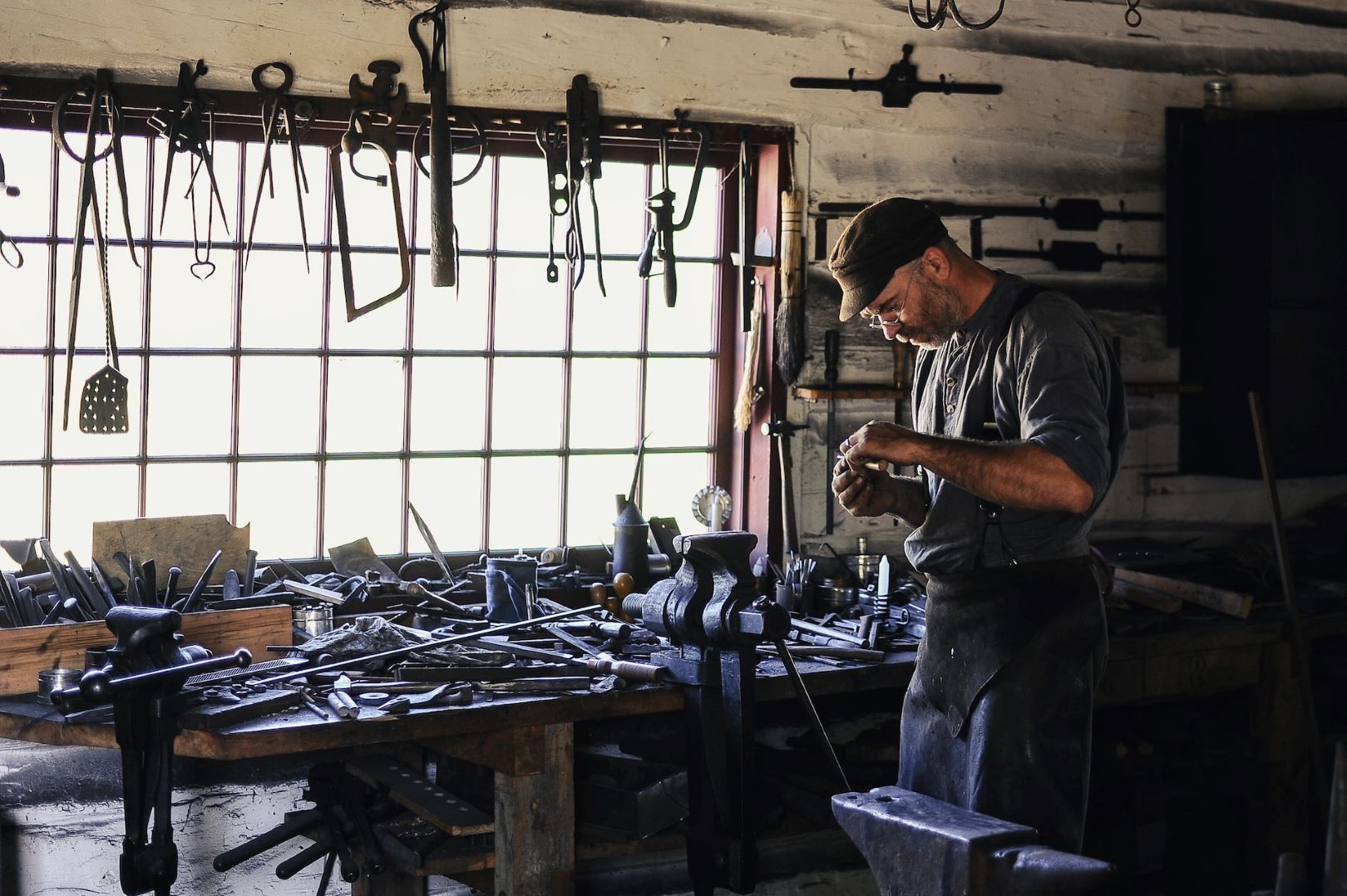
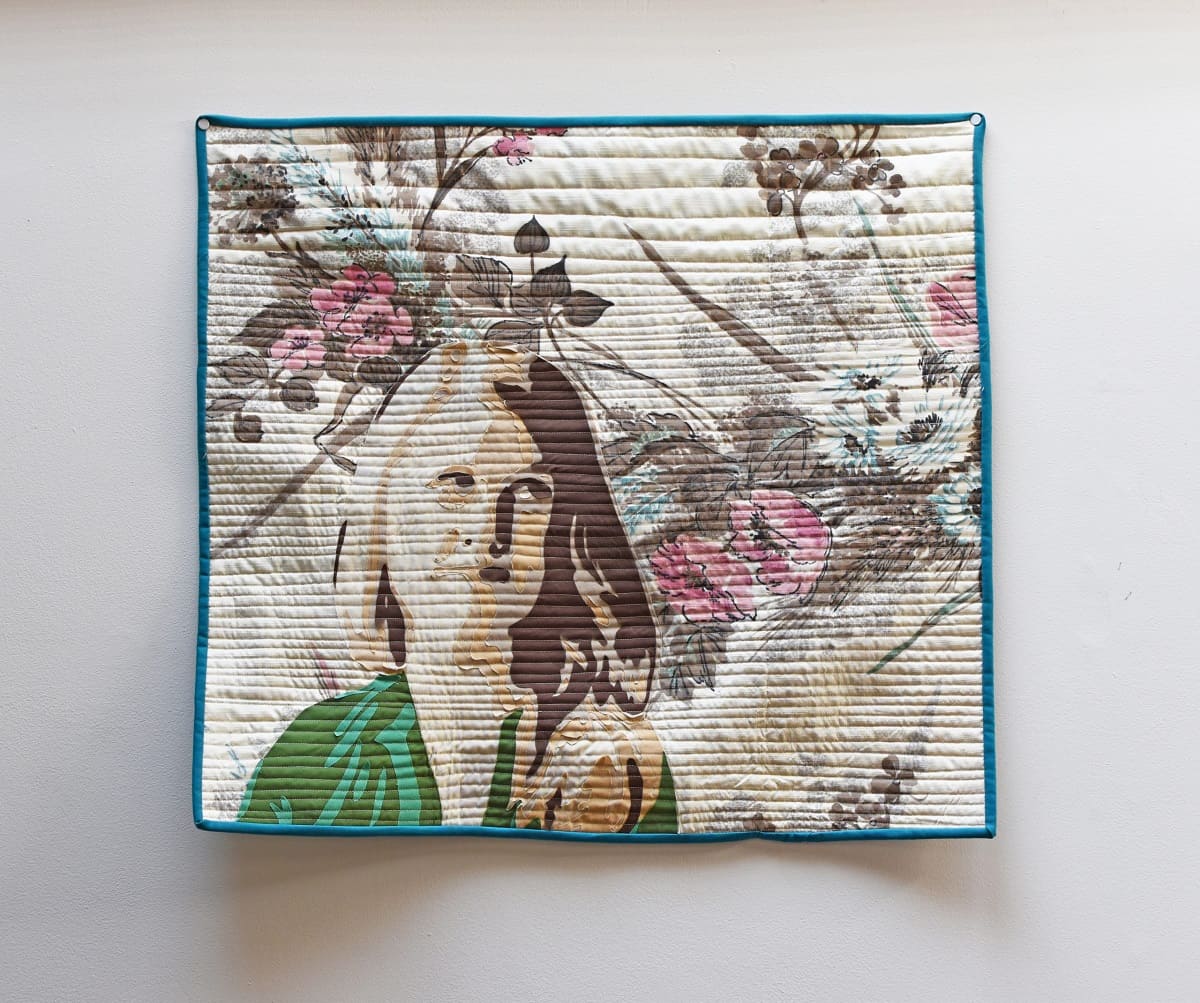
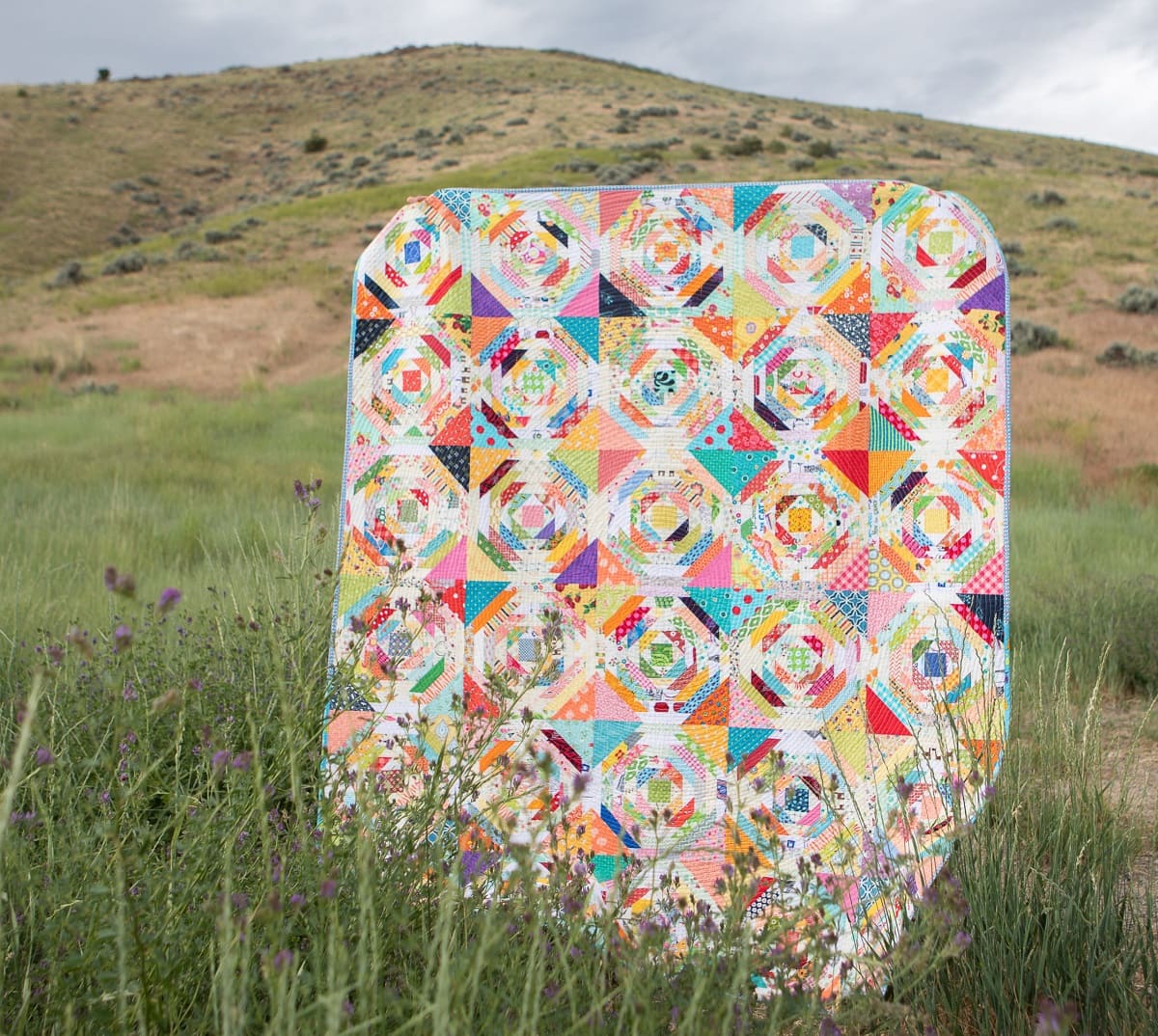
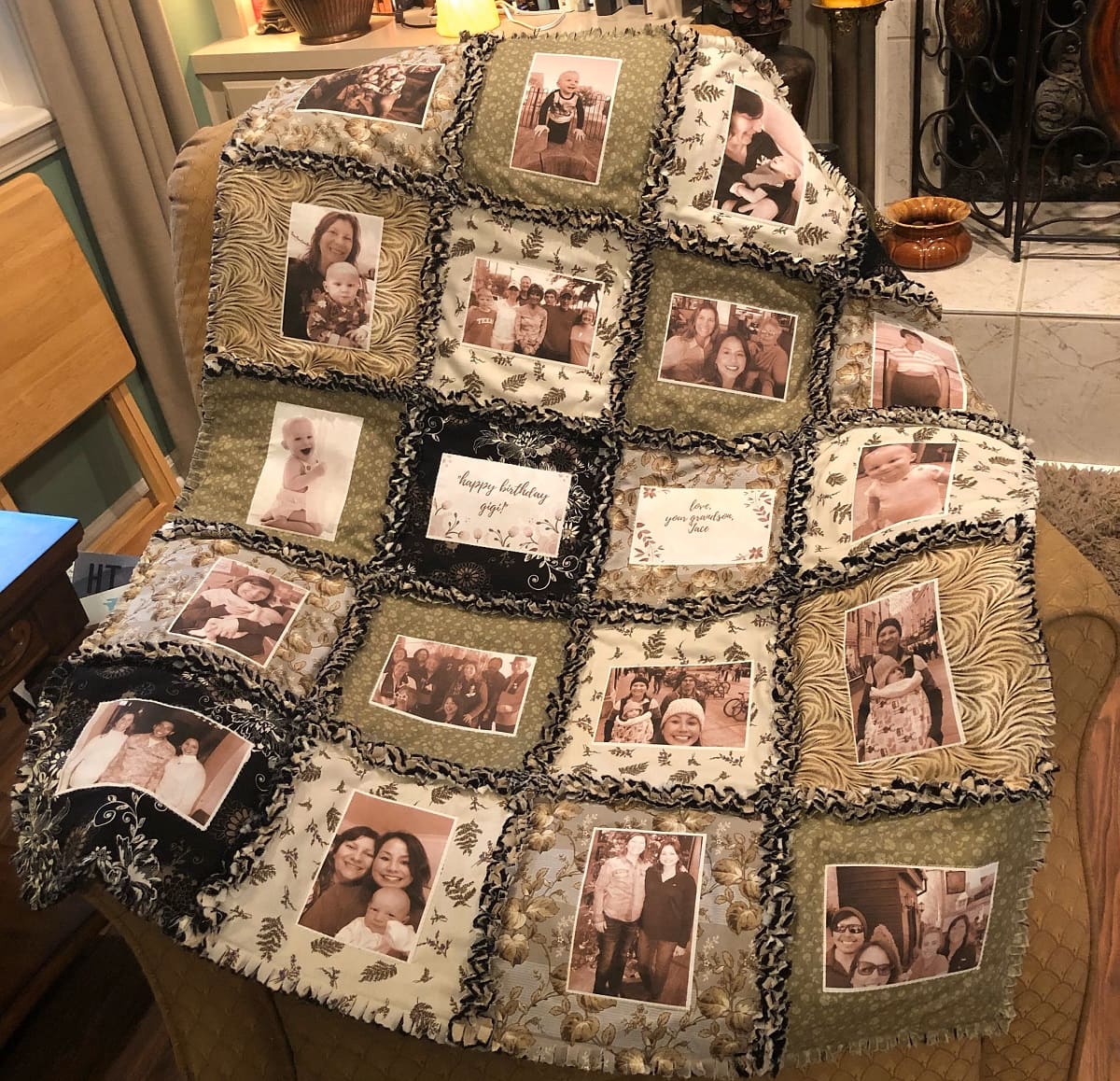

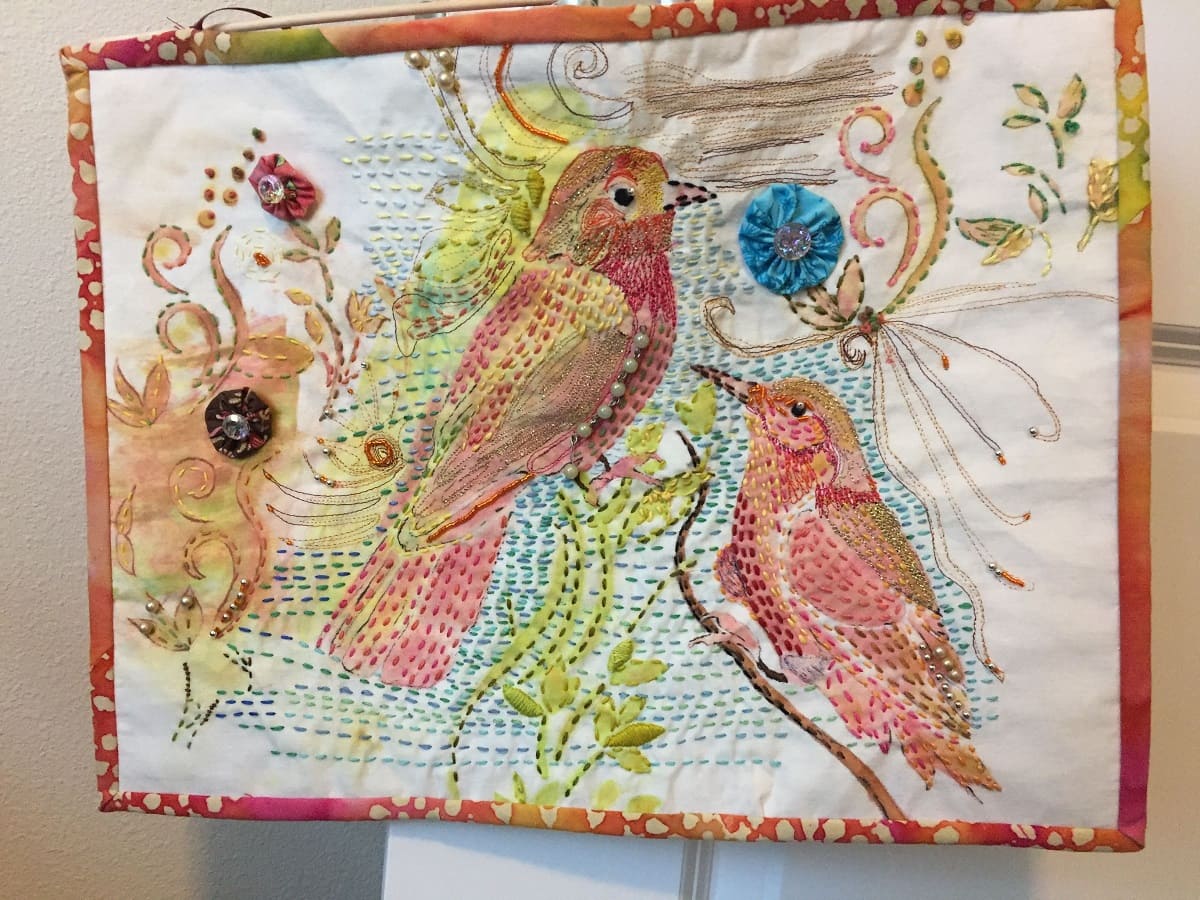
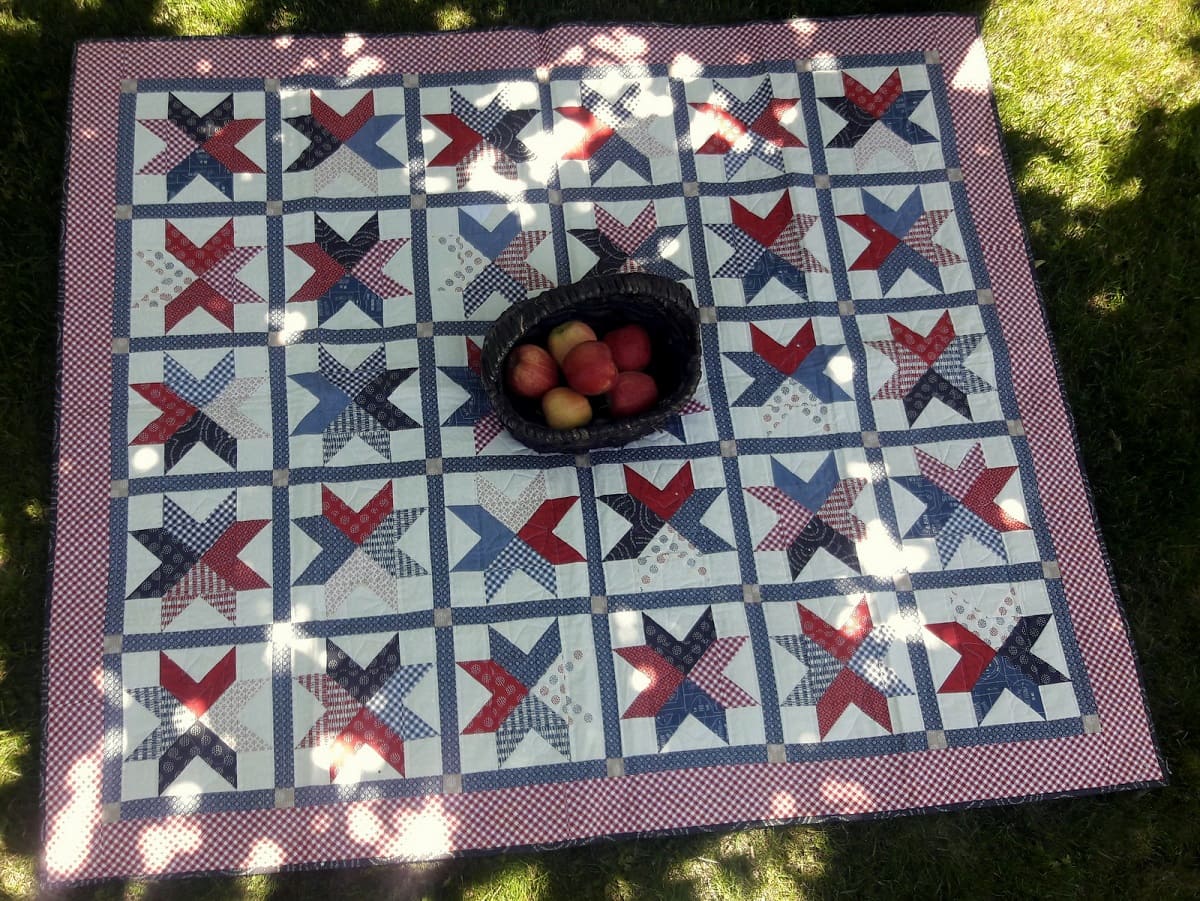

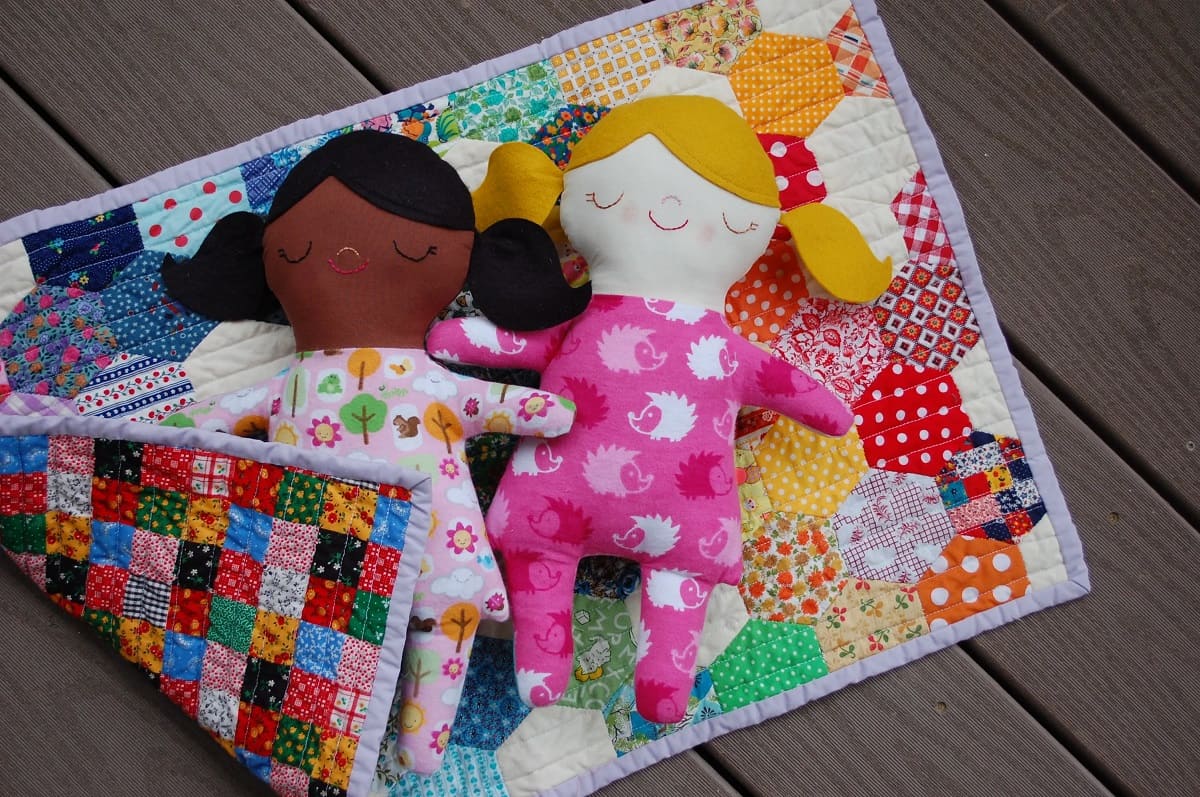
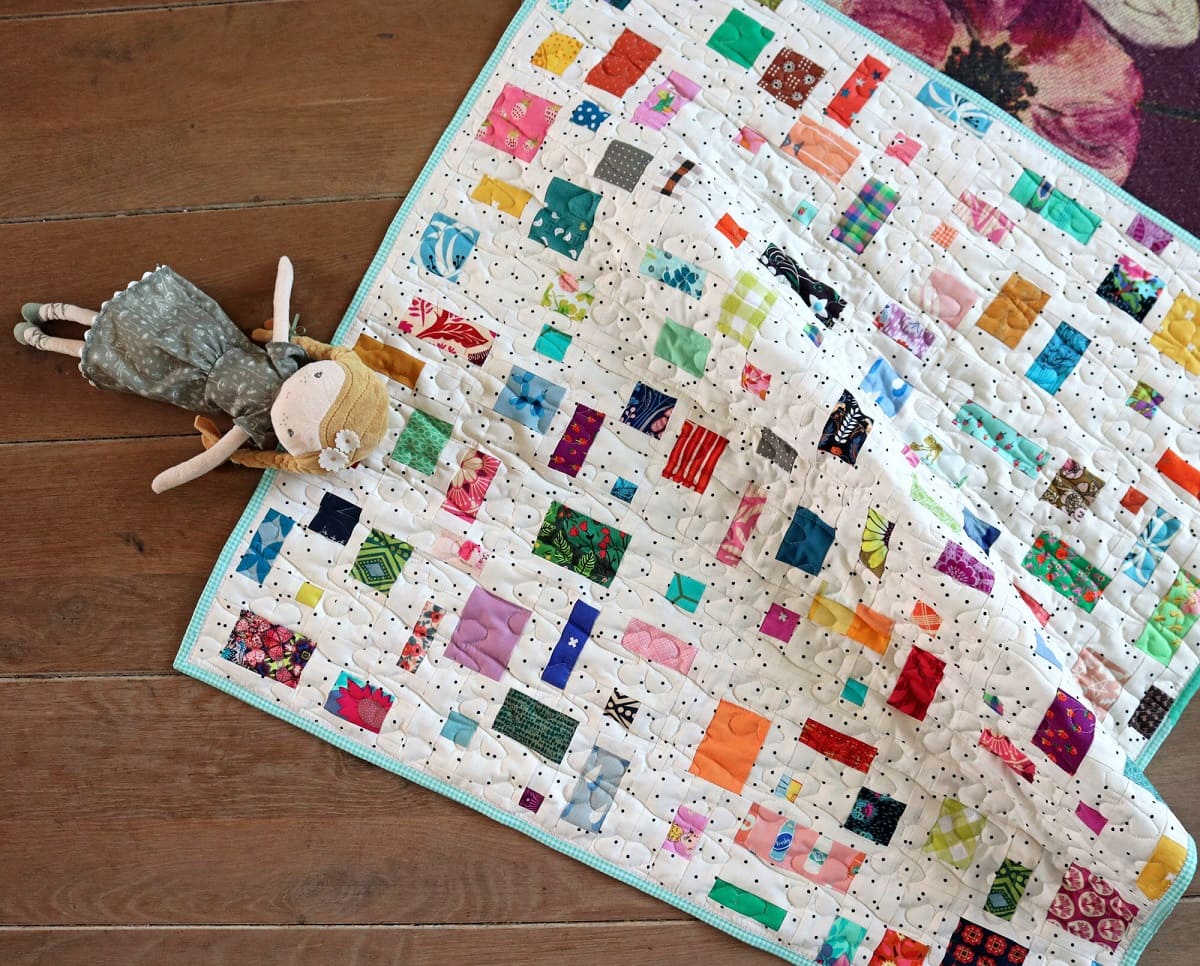
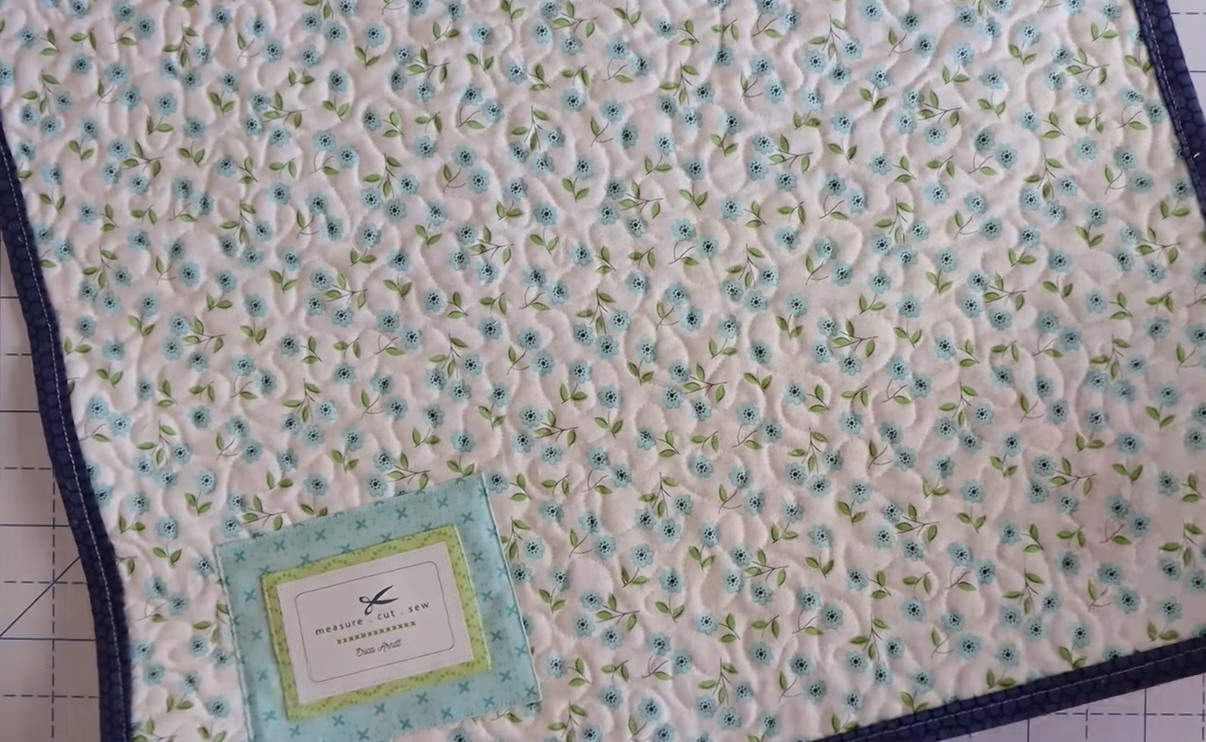
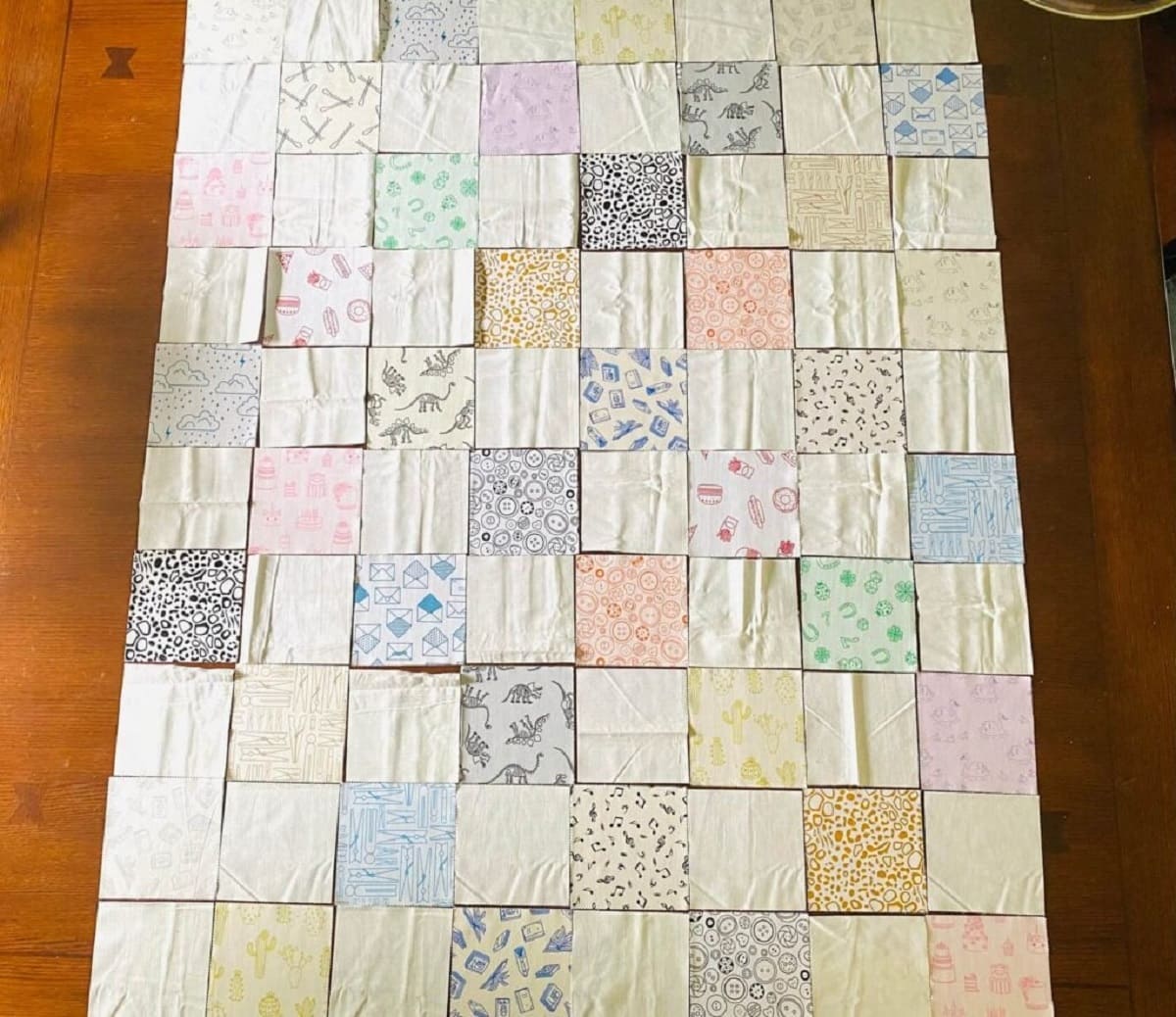

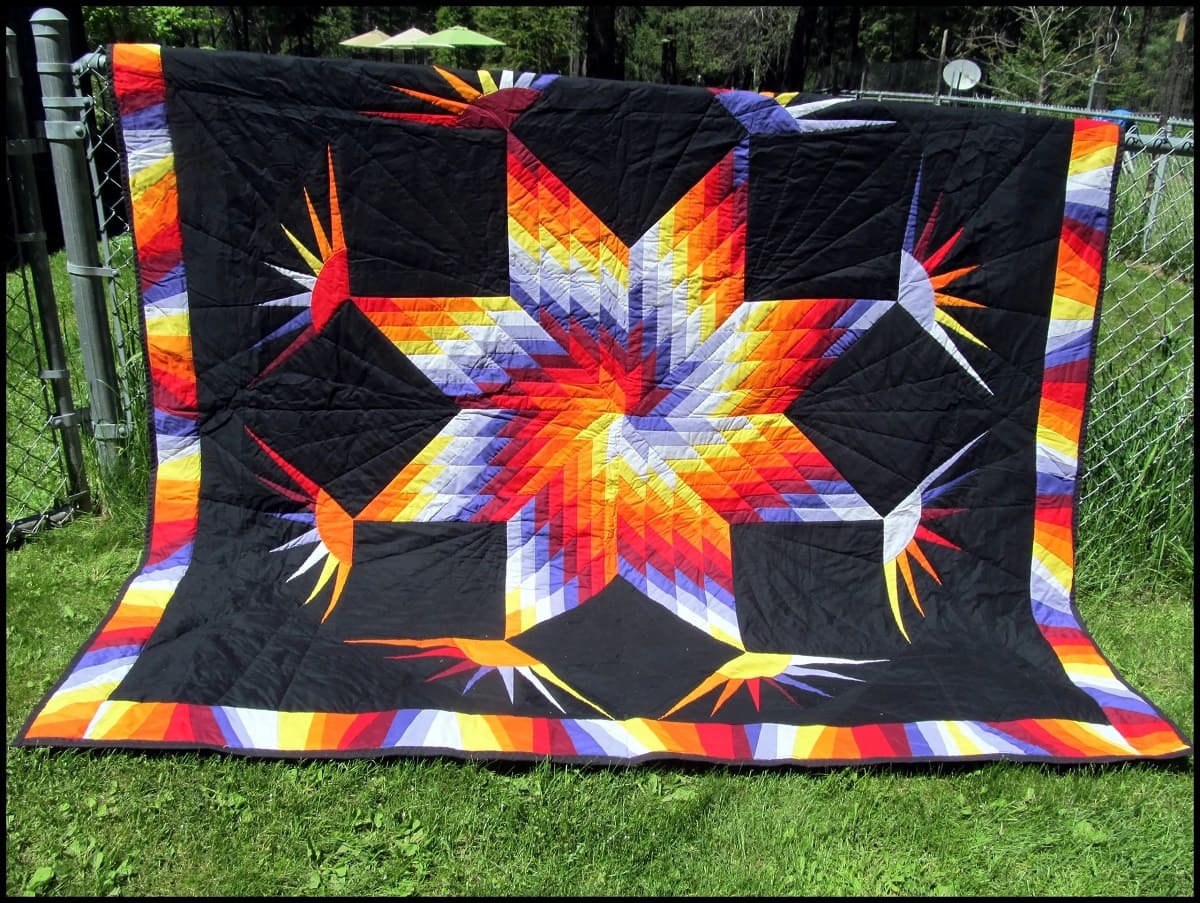

0 thoughts on “How To Make A Trip Around The World Quilt”